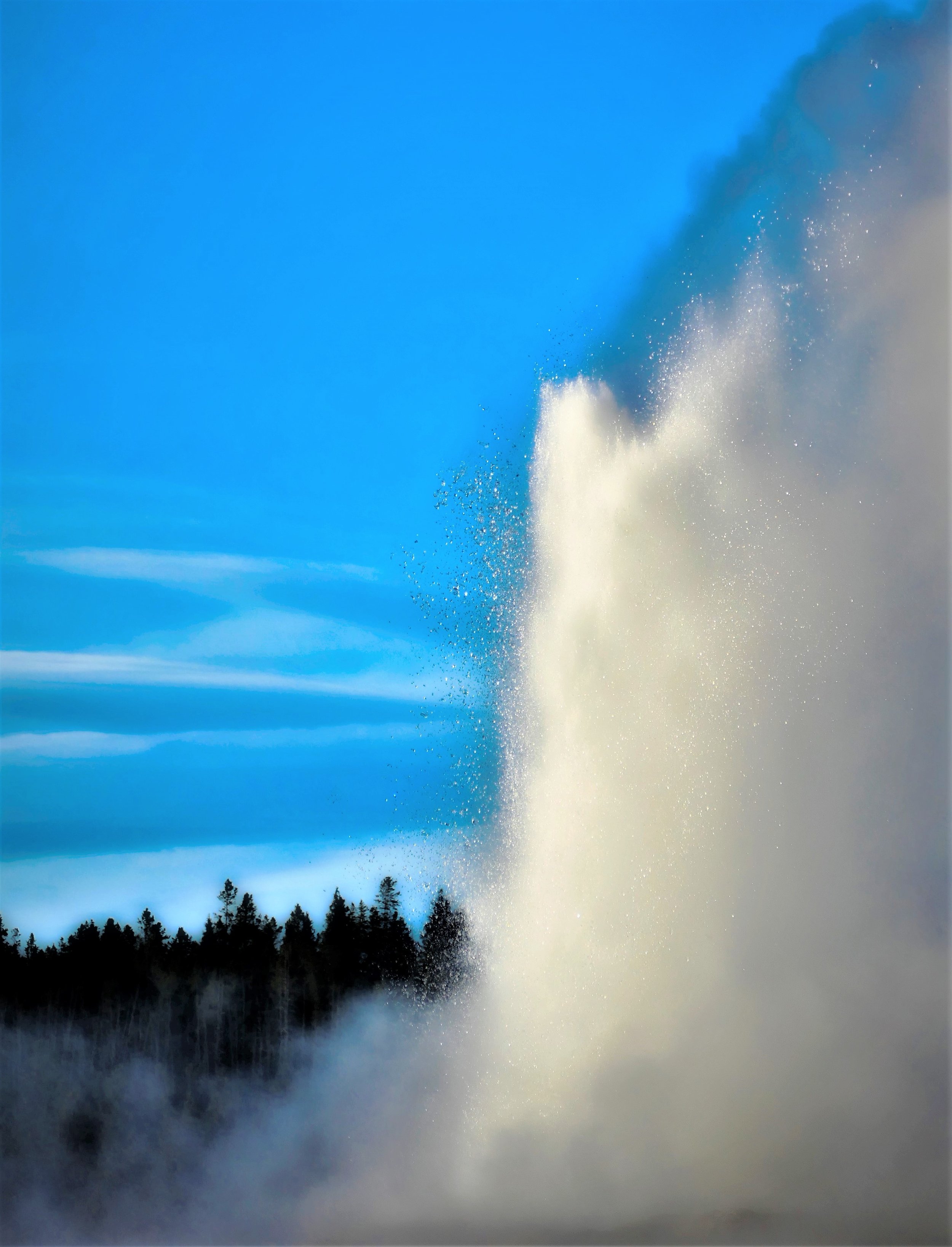Celebrating 152 Years of Yellowstone National Park: A Remarkable Journey through Time
Yellowstone National Park, the oldest and arguably one of the most iconic national parks in the United States, is celebrating its 152nd anniversary. Established on March 1, 1872, Yellowstone has captivated visitors from around the world with its awe-inspiring landscapes, geothermal wonders, and abundant wildlife. As we commemorate this milestone, let us delve into the fascinating history of Yellowstone National Park and uncover some interesting facts that have shaped its legacy.
1. The World's First National Park:
Yellowstone National Park holds the distinction of being the world's first national park. It served as a catalyst for the conservation movement, inspiring the establishment of protected areas globally. The park’s preservation was championed by individuals such as Ferdinand V. Hayden, who recognized the area's unique natural features and advocated for its protection.
2. Geological Marvels:
Yellowstone is home to an extraordinary array of geothermal features, including the famous Old Faithful geyser. Its geysers, hot springs, mud pots, and fumaroles are a result of the park's location atop one of the world's largest active volcanic systems. These geothermal wonders attract millions of visitors each year, marveling at the spectacular displays of nature's power.
3. The Yellowstone Caldera:
Beneath the park lies the Yellowstone Caldera, one of the largest active volcanic systems on Earth. This supervolcano has experienced three massive eruptions in the past 2.1 million years, shaping the landscape we see today. The most recent eruption occurred around 640,000 years ago and created the iconic Yellowstone Caldera, which spans a vast area of the park.
4. Wildlife Haven:
Yellowstone is renowned for its diverse and abundant wildlife. The park is home to the largest concentration of mammals in the contiguous United States, including grizzly bears, wolves, elk, bison, and pronghorn. The reintroduction of wolves in 1995, after an absence of nearly 70 years, has been a significant conservation success story, restoring ecological balance and enhancing the park's biodiversity.
5. Cultural Significance:
Before becoming a national park, Yellowstone was the ancestral home of several Native American tribes, including the Shoshone, Bannock, Crow, and Blackfeet. These tribes have deep cultural connections to the land and its resources. Today, Yellowstone continues to collaborate with Native American tribes to preserve their cultural heritage and involve them in park management decisions.
6. The Grand Loop Road:
The Grand Loop Road, a 142-mile scenic drive, provides visitors with access to the park's major attractions. Its construction began in 1915 and was completed in 1922. This road system allows visitors to explore the park's diverse ecosystems, witness stunning vistas, and experience the wonders of Yellowstone at their own pace.
As Yellowstone National Park celebrates its 152nd anniversary, it stands as a testament to the power of conservation and the enduring beauty of nature. Its rich history, geological marvels, abundant wildlife, and cultural significance continue to inspire and educate visitors from all walks of life. Whether you are captivated by the eruption of a geyser or the sight of a grizzly bear roaming free, Yellowstone National Park offers an unparalleled experience that will leave a lasting impression on all who venture into its remarkable wilderness. Let us celebrate this milestone and renew our commitment to preserving and protecting this national treasure for generations to come.


